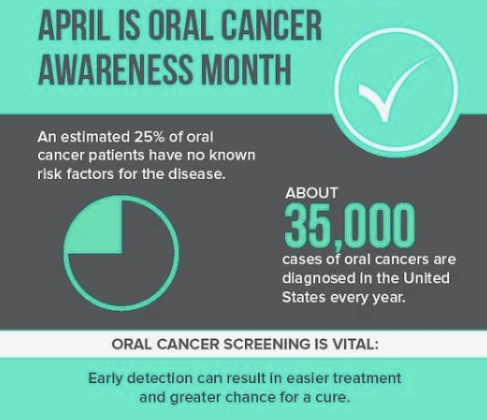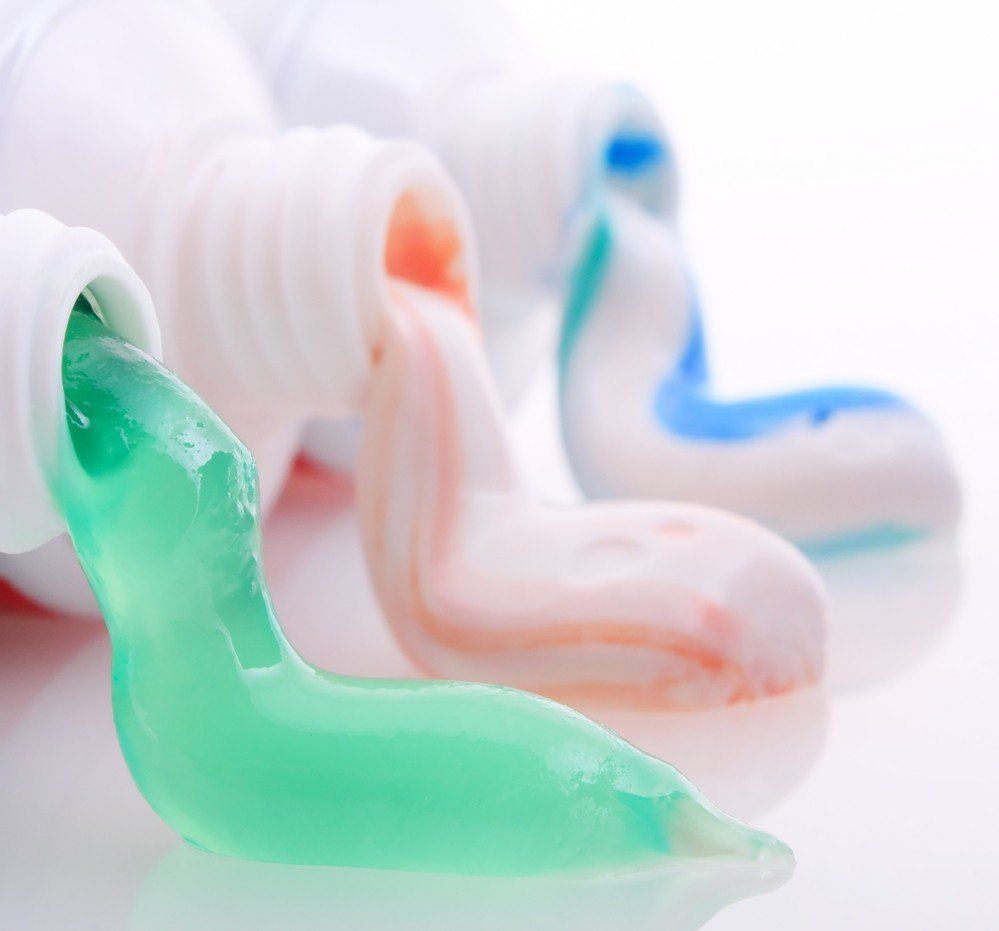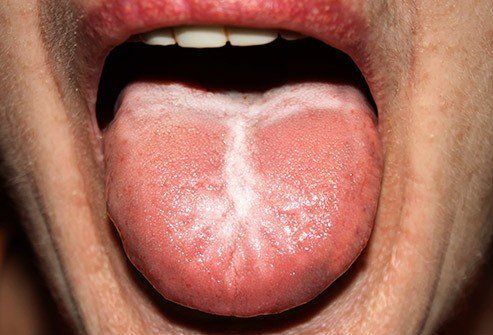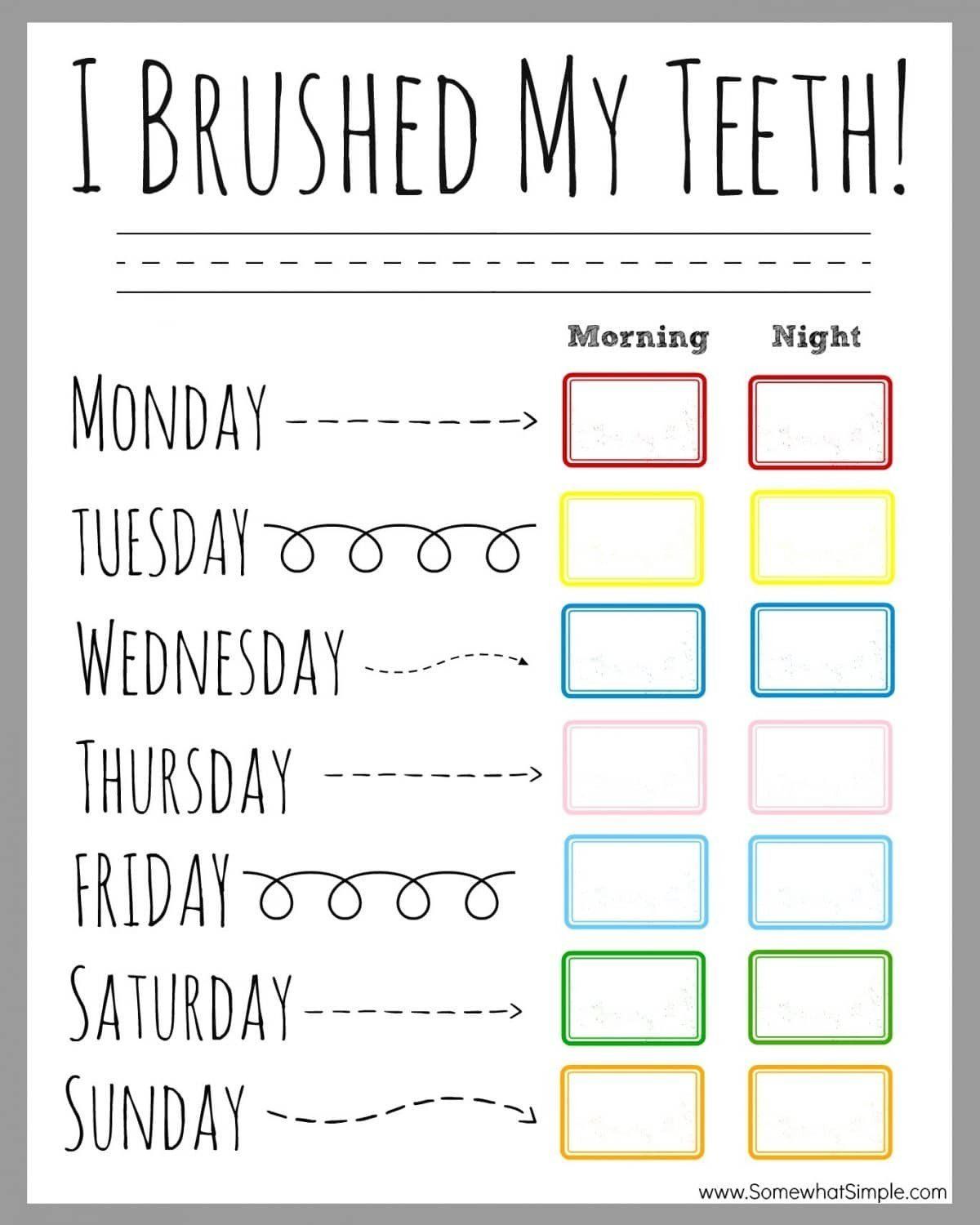What Really Happens If You Share A Toothbrush?
- By Joel Snyder
- •
- 02 Dec, 2016
- •
The situation: You wake up, go to the bathroom, and groggily brush your teeth after a late night. Then you look down and—gasp—it's not your toothbrush. Or maybe you find yourself at your significant other's place without your own gear and figure it couldn't hurt to borrow a 'brush. But a moment later, you wonder, "What have I done?"
What you're worried about: "What if I catch some weird mouth disease! HIV! Hepatitis! Zika!"
The very worst thing that could happen: In theory, it's pretty grim. A review of case studies, published in Nursing Study and Practice, found that toothbrushes often contain disease-causing bacteria and viruses such as staph, E. coli, and Pseudomonas. You could get a periodontal disease, or oral herpes (which causes cold sores) if the toothbrush's owner currently has a fever blister. If your gums bleed and bacteria enters your bloodstream, you're even at risk for hepatitis, HIV, and other communicable diseases. (The Power Nutrient Solution is the first-ever plan that tackles the root cause of virtually every major ailment and health condition; get your copy today!)
"Whatever bacteria is in that person's mouth, you're going to get it in your mouth," says Marco Coppola, DO, chief medical officer and vice president for medical affairs at Family ER + Urgent Care in Irving, TX. And it's certainly possible to catch a cold, flu, or sore throat from germs that may be hanging out on those bristles. "Viruses are pretty hard to kill, and they can live a couple of days on plastic and metal," Coppola says.
What will probably happen: You likely won't catch anything more serious than a cold, which won't happen as long as you don't share spit when your partner is sick. "The reality is that people living together will spread bacteria in many ways," says Justin Sycamore, DDS, a dentist in Thousand Oaks, CA. "Kissing, sharing food and drinks, and holding hands will all cause the transfer of bacteria. Sharing a toothbrush is gross, but it's probably little more harmful than many of the other things that couples and families do."
Still freaked out? Grab some strong mouthwash, like Listerine. "If you rinse with it immediately after the toothbrush contact, you should minimize or even negate the exposure," says Sycamore.
Still, if you don't know someone very well, or you see a cold or fever blister, it's safer to skip the toothbrush swap. And everyone should be replacing her toothbrush every 3 months and after any illness, such as a stomach bug or the flu. "That prevents contamination again in the future," says Cyndi Blalock, DDS, a dentist in St. Peters, MO. "Even to yourself."
Originally Posted On: http://www.prevention.com/health/what-if-you-share-a-toothbrush

Contact us!
https://www.fabuloussmilesdental.com/contact

ADA Approval
First, make sure you choose a product approved by the American Dental Association and displaying the seal on its packaging. There are plenty of fluoride-free, organic, and all natural options tested by the ADA for both safety and effectiveness at keeping the teeth clean. Products without these seals have not necessarily been tested for their claims and quality, so you’re gambling with the health of your mouth by using them.
Focus on Needs
Consider what your teeth need the most to choose a toothpaste with the right extras. Whitening toothpaste can’t always replace professional whitening from a dentist, but it does work to prevent surface stains that cause your white smile to lose its brightness after treatment. Most toothpastes tend to target one of more of the following conditions or needs:
- Sensitivity, in the gums and teeth, from mild to severe pain
- Fluoride products are essential for kids, adults who don’t get enough of it in their diet, and people with diabetes and many other conditions
- Anti-cavity, which most products cover but which should always be checked
- Anti-gingivitis, ranging from over the counter to prescription products for healthier gums.
Watch Out!
There are a few products you don’t want to use on your teeth, and they’re often sold as cosmetic products rather than medically tested toothpaste. Any whitening toothpaste with a very abrasive ingredient, ranging from natural walnut shell to plastic microbeads, can leave your teeth with enamel damage that is permanent and hard to treat. Activated charcoal powders can also discolor teeth along with eroding your enamel. Look for toothpaste products that reinforce enamel rather than damaging it.
Picking a Toothbrush
Of course, the toothpaste still needs to be applied to the teeth with the right tools to effectively protect you from cavities and gum disease. The wrong toothbrush can damage your enamel, scratch your gums, or fail to remove trapped food from between your molars. Only use soft bristled brushes unless given advice from your dentist to the contrary. For most people, stiff bristles are too hard for their gums. The tip of each bristle should be rounded and not pointed or square so that food debris and tartar comes loose with each sweep. Replace your brush every three months even if it still looks new and fresh since bacteria can build up over time.
Need more advice about what to do to take care of your teeth? Make an appointment with your dentist for a routine cleaning or a timely inspection. You can discuss your concerns without feeling rushed and determine if your current oral health practices are sufficient for keeping your smile bright, healthy, and strong.

Creamy white spots could be thrush, a fungal infection (shown below). It often happens after an illness or medications throw off the balance of bacteria in your mouth. White patches that look lacy could be lichen planus, which means your immune system is attacking the tissues in your mouth. If you see hard, flat, white areas that can’t be scraped away, it could be leukoplakia, which is linked to cancer. Let your dentist know about any white patches you see.


